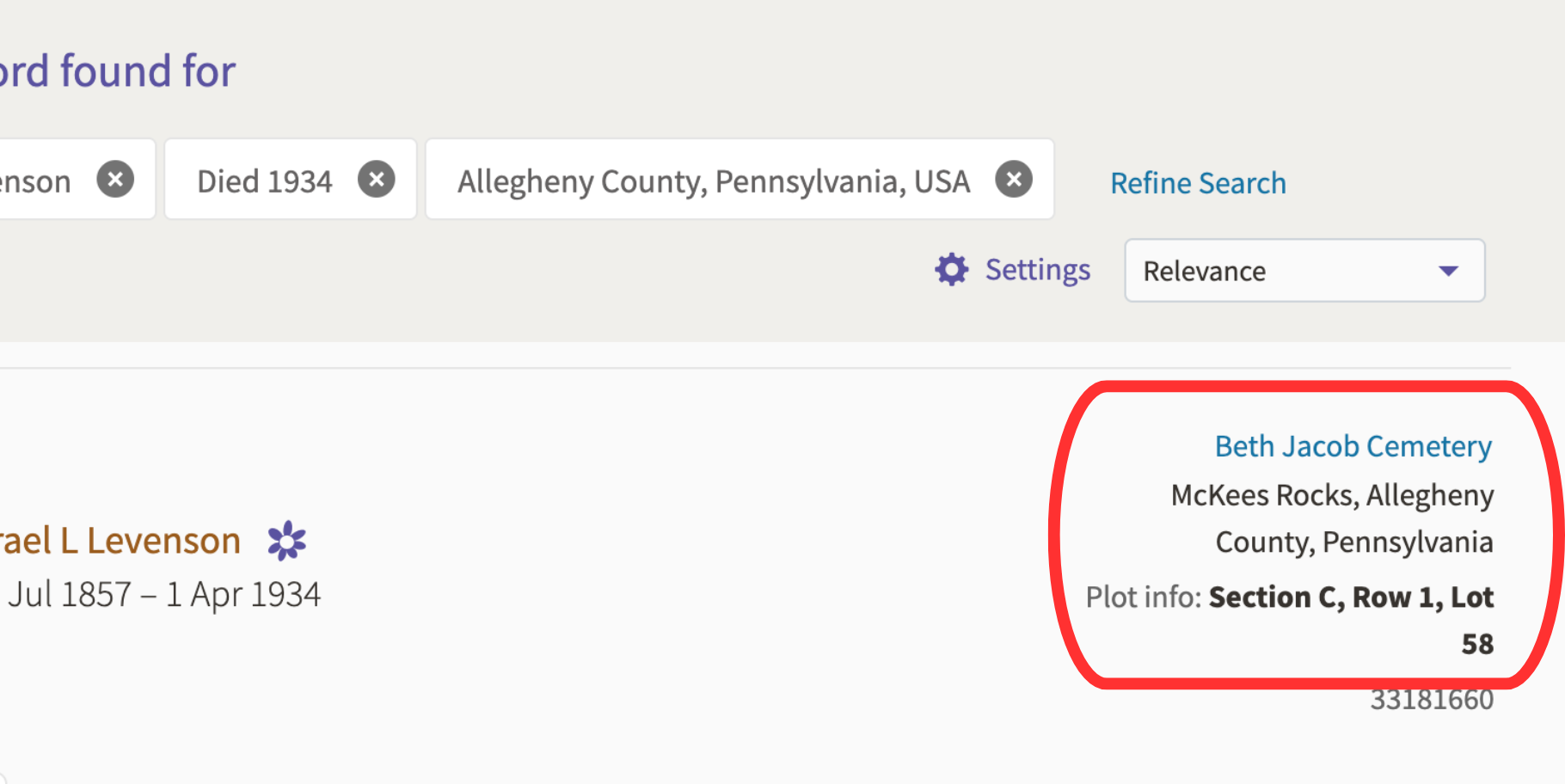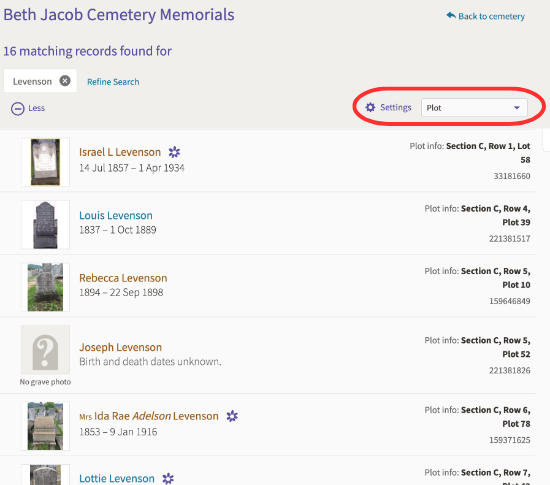How to Trace Family Members Using Death Certificates & Cemetery Records
If you’ve ever found a death certificate for a relative and thought, “Cool… they died from the Spanish Flu,” moving on…
👋 Hi. You’re leaving clues on the table. Like, big ones.
Let’s talk about cemeteries. Specifically, the one line on a death certificate that can lead you straight to a hidden cluster of relatives, without needing a PhD in genealogy or an Ancestry subscription that costs more than your first kid’s braces.
Why This Works for Genealogists
Death certificates often include cemetery names, which turn them into powerful clues for tracing relatives using cemetery records.
The Clue Most People Skip
We’ll use the death certificate for Israel Levenson as our example.
Date of death: April 1, 1934.
Place: Allegheny County, Pittsburgh, Pennsylvania.
Burial location: Beth Jacob Cemetery.
That cemetery might be where your ancestors are throwing an eternal potluck.
Step 1 – Search Cemetery Records
Hop over to Find a Grave (free) or BillionGraves (paid) and type in everything you’ve got:
Full name
Year Died
Cemetery Location
This is a classic step in cemetery search genealogy. Find A Grave is one of the largest online cemetery databases, with over 250 million memorials.
Step 2 – Match the Memorial
Does the record match the death certificate?
✅ Same name
✅ Same date
✅ Same cemetery
👍 We’ve got a match!
Proof you can find your relatives without candles, Latin, or an Ouija board.
Confirming those elements gives you strong confidence that you're looking at the right person. A word of caution! These cemetery records are created and maintained by volunteers. They aren’t always accurate. However, when they align with primary records, you’re on your way with a reliable source .
Step 3 – Capture the Burial Plot Location
Once you’ve got the memorial, note the plot details (e.g., Section C, Row 1, Lot 58). This burial plot location becomes your search anchor.
Copy it down.
Then click on the cemetery name (highlighted in blue) to open a search window for that cemetery only.
This is where things get interesting.
We’re following the next logical step in our search. Hats off to us!
Step 4 – Search Within the Cemetery
The search window that opens will allow you to search just that cemetery (not all of Find a Grave).
You’re looking for other memorials in the same cemetery with the same last name, in this case Levenson.
This is the core of death certificate genealogy meets cemetery research.
Step 5 – Analyze NAMES & Proximity
Look at that, 16 other Levensons are buried at the same cemetery!
Are they all related? Definitely not. No way Jose! Levenson in a Jewish cemetery is like the surname Smith in a Blacksmith community. It’s common.
But… could some of them be related? Absolutely.
Next up: Sort by Plot.
Look for other Levensons buried in the same section, row, or just a few plots down from Israel. If you can find a map of the cemetery (often this is available on the cemetery’s website), you can see just how close they are buried to each other.
That proximity matters. Shared surname + shared soil = potential connection. This as a powerful method for uncovering family units buried together
Not proof, but a clue worth following.
Step 6 – Validate with Additional Records
Do NOT start adding names to your tree like you’re Oprah giving out cars.
(“YOU get a cousin! YOU get a cousin!”)
This method gives you leads, not certainties. But it’s a solid first step toward finding relatives when other records are sparse (or behind a paywall).
Want More Clues Like This?
This tip is just one page from the Hidden Resources Genealogy Guide. A collection of overlooked methods, forgotten tools, and obscure clues hiding in plain sight.
If you’re serious about cracking open the past (without going down another dead-end rabbit hole), the guide’s your new best friend.








